interview by Michael McCarthy
I’ve known David S. Marfield for nearly my whole life. Back in 1995, I was publishing a hair metal zine called ANT, The Only Cool Magazine that bites. One of the interviews I did was with Twisted Sister frontman Dee Snider. Rather than talk about music the whole time, I discussed Dee’s screenwriting career with him at length. Dave saw a post I’d made about this on AOL and e-mailed me, asking me to send him Dee’s interview immediately and in exchange, he would subscribe to my zine. Well, I was thrilled to hear that someone else was as curious about Dee’s screenwriting career as I was, so I sent him the interview and we’ve been friends ever since. Interestingly, Dave wound up becoming Dee Snider’s first webmaster and did some work on Strangeland, directing the fake porno shown in the film, which Dee wrote and starred in. (Nowadays Dave and Dee are good friends.) From there, Dave went on to write and direct a killer suspense thriller called Deepwater then he spent the next several years working as a screenwriter. But after he heard his friend Auni’s EP and was blown away by it, he eventually was struck with the idea to make her a music video. It’s called “The River” and it’s been winning awards as it makes its way around the film festival circuit.
MM: Auni mentioned meeting you when she was waitressing at an Italian restaurant in Encino, but I didn’t think to ask for the name of the restaurant. Can you tell us about it?
DM: That’s Cafe Carolina! Authentic Italian food with an emphasis on organic ingredients, owned and operated by a really cool Italian family. We’d go there and end up spending more time talking to Auni than we spent eating, and that was before I knew she was a musician. She was just a friendly person. As we got to know her better, she started mentioning the EP she was working on.
MM: Auni couldn’t recall if she’d sent you and Adana her EP or if you bought it. How did it get into your hands? What did you think the first time you heard it?
DM: I bought it the moment it was finished. They had a small pile of the discs for sale at the restaurant, and I wanted to support my friend. I bought it with expectations that I’d enjoy it for the time and effort she invested, but I wasn’t expecting to be blown away. I WAS BLOWN AWAY. This was not the typical homemade vanity project; this was a powerful first release from someone who was clearly a visionary artist. It was such an amazing surprise to learn that my waitress friend was also a musical genius.
MM: How long after you first heard the EP did you start thinking about making a video with her?
DM: Not right away. But that’s only because I wasn’t someone who made music videos. I was working as a screenwriter and I had directed one feature, but music videos were nowhere on my mind. When I was a kid I used to love to make music videos with my friends for songs we liked, but I hadn’t done one of those since I was 13 years old.
MM: Was the video always going to be for “The River” or did you consider other songs? If so, which song(s)?
DM: It was always “The River.” As much as I loved her whole EP, “The River” really stood out as something unique, timeless and haunting. My lovely producer / life-partner Adana first suggested to me that we make the video. I think she said, “Let’s make a video for ‘The River’ where Auni’s floating and spinning.” Made sense to me, so I went off and wrote the rest of the video. The image of the ghostly string players in the Victorian attic was the first thing that came to me, and then the contrast of that claustrophobic space with the breathtaking openness of California’s coastal nature areas. Only after I had worked out the details of the story did I propose the idea to Auni. I said, “I think I can make this work if you trust me,” and she did! Incidentally, we actually shot a lot of stuff where Auni was levitating. Lots of green-screens and uncomfortable positions for Auni. But in the end, the floating stood out as a special effect in a video that otherwise felt very organic and grounded, so it had to be cut.
MM: She mentioned that you had some darker versions for “The River” script. Could you tell us about them?
DM: That’s funny, I had forgotten about that. The completed video is very close to my original idea, but there were some detours on that journey. The big one was our difficulty finding an attic in Los Angeles. Nobody seems to have one! And even if we had found one, we needed to shoot that scene right in the middle of summer, it would have been unbearably hot in a real attic. So I tried to come up with some non-attic versions of the video. The one I remember had Auni as a kidnapping victim, shackled in some dude’s basement, dreaming of escape. I guess I had recently read the book “Room” and was imagining a sort of dark musical version of it. This was a terrible idea, though, so I’m glad we stuck with my more metaphysical original concept.
MM: What’s your interpretation of the video? As the one who wrote it, I imagine you would know better what it’s about than anyone.
DM: I love that everyone has different interpretations of it. I’ve had a couple people tell me that Auni’s dead and on her way to the afterlife in the video. Definitely not what I was thinking, but I can see how that makes sense. To me, it was simply about stagnation vs change. The attic represents the boring routine that we’re all prone to get stuck in. The idyllic beach/woods scenes represent the better life we all know we’ve got inside us. Making any real change in our lives takes enormous effort, and that’s why she’s dissolving from one world to the other and back, really fighting to stay in the better place. One thing you might not notice on your first viewing is that the attic is packed full of creative objects: mainly the zither she plays, but there’s also a photograph, a radio, a painting (painted by Auni, I might add), a novel, a VHS tape of a concert, a camera, etc. The idea is that creativity frees us. In the case of this video, she uses the musical instrument (the zither) to ultimately teleport to a better place. But all the other artistic tools were also there for the taking, just like they are in everyone’s life. In a sentence: Creativity helps us escape the traps of stagnation. It opens up our mind. It’s not exactly a new idea, but it’s always a good one.

MM: Was “The River” the first music video you ever made? (I know you’d previously directed the feature film Deepwater starring Lucas Black and Peter Coyote, among others.) If it was, did you have any anxiety about whether or not you’d be able to pull it off?
DM: Yes, first music video since I was 13 years old, so I was terrified of not being able to pull it off! I think that’s probably why I worked so hard on it. I loved the music, I loved my friends I was making it with, and I didn’t want to let anyone down. How embarrassing would it be to drag everyone up to Big Sur for days of really hard work and then have it turn out bad?
MM: How long did it take to shoot the video? How long did it take to edit it?
DM: We shot about three days in the Big Sur area and then a few more days in my house where we had built the attic. The Big Sur stuff was really fun, very much like a tiny version of making a feature film. We took the whole thing very seriously, woke up well before sunrise so we could steal the beach scenes before anyone got there, etc. The actual edit took about 10 days, but there were months of delays surrounding those 10 days. In the end, a project I figured would take a couple months ended up stretching out over a full year.
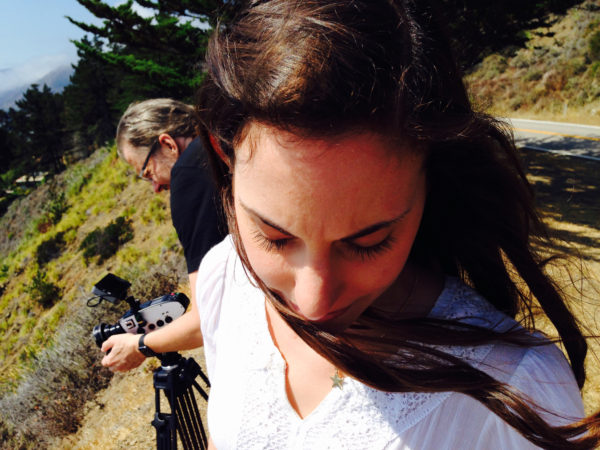
MM: Was it your idea to submit the video to the film festivals? Did you choose which festivals to send it to?
DM: Adana spearheaded the festival initiative and selected the best festivals for music videos. She was great at this, and we’ve gotten some really good exposure around the world because of her tireless researching and then coordinating with the different festivals.
MM: Were you surprised when the video started winning awards? What went through your head when you found out you won best cinematography and editing at the New Zealand festival?
DM: What can I say–that was wonderful! We put a ton of work into this thing, so it was very gratifying to see that strangers on the other side of the planet dug said work.
MM: Have you been present at any of the festivals when the video has received awards?
DM: No, sadly it’s a pretty long, expensive flight to New Zealand, or Berlin, etc. I wish we could have been all of those places though.
MM: Is the video scheduled to be shown at any other festivals? If so, will you be attending any of them?
DM: Last week it had its west coast premiere at a festival that played in Grauman’s Chinese Theater. That one was especially fun because we got to go in person! Seeing it projected huge in what’s probably the most famous theater in the world was a real trip. It will be at a few more festivals. The next one coming up is the “SoCal Indie Clips Film Fest” in August. That’s another local one, held on the lot of the Raleigh Studios, which means I get to go in person again!
MM: Auni told me the attic in the video isn’t actually a real attic but a set you had designed in a spare room of your house. Was putting that together an expensive project? How long did it take to construct?
DM: That came purely out of necessity, out of our inability to find a real attic to film in. My childhood friend, Adam Esco, builds sets for commercial photographers in Minneapolis. If you’re looking at ads for towels in Target’s newspaper pullout, chances are my friend built the bathroom in which those towels are hanging. He was amazing: he flew to Los Angeles, rented a truck, bought supplies at Home Depot, built an attic in my spare bedroom, and was back on a plane to Minneapolis two days later! So no, it wasn’t expensive, I just happened to know the right guy.

MM: I understand the attic was there for over a year. What made you finally decide to take it down? Did you try to think of a short film you could make – aside from “The River” – using the attic location?
DM: The plan was to take it down as soon as we finished shooting, but we fell in love with our “attic.” It was so much more interesting than the bedroom hiding under it. I probably would have left it there forever, but then one day I needed to build a newsroom set so the attic had to come down.
MM: What’s next for you? Do you have anything planned right now? Do you hope to make more music videos? Any desire to make another movie or short film?
DM: I’d love to make more music videos! There’s something so fun and freeing about the form. I also hope to take some of what I’ve learned making this video and apply it to a longer dramatic film. What does that mean? In theory, it would mean treating the soundtrack as more than just an afterthought. Not an outright “musical,” but the idea of designing dramatic scenes around existing music, or working with my composer to create the music BEFORE we shoot so that the scene can really pulse to the rhythm of the song. I tried to do some of this with DEEPWATER, but budget and scheduling concerns always got in the way. Maybe I will try again!
RANDOM QUESTIONS:
MM: Tell us 3 things from your bucket list that you’ve yet to do.
MM: Who are your top 3 all-time favorite filmmakers? Why?
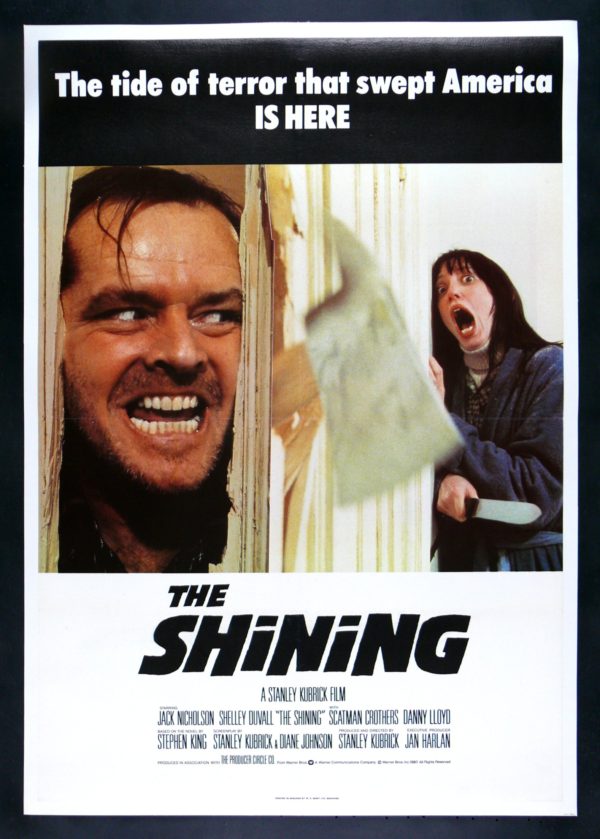
MM: Tell us about the worst day job you ever had? How long ago was it? How long did you have it for?
Click here to read Auni’s interview.

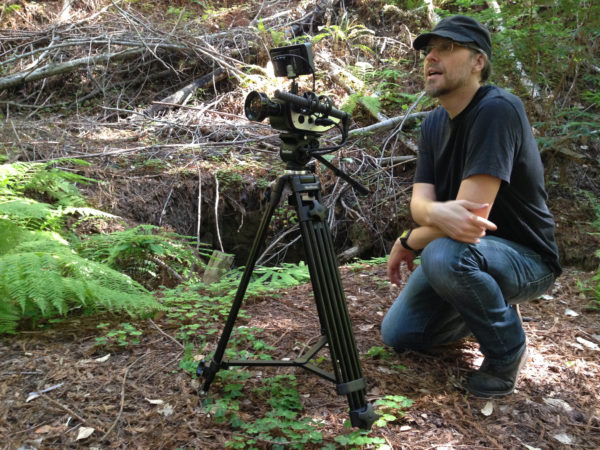
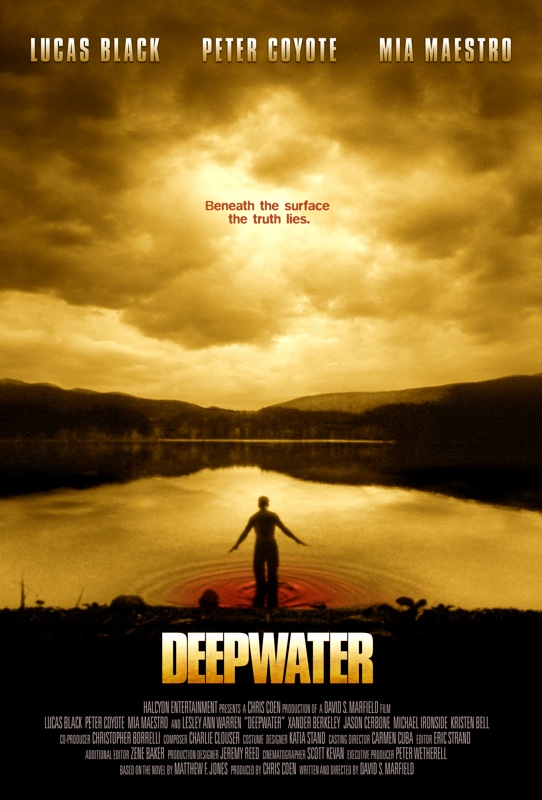


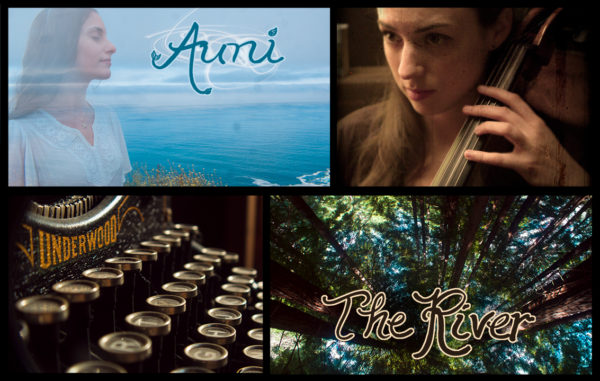
Leave a Reply to Dean Cancel reply